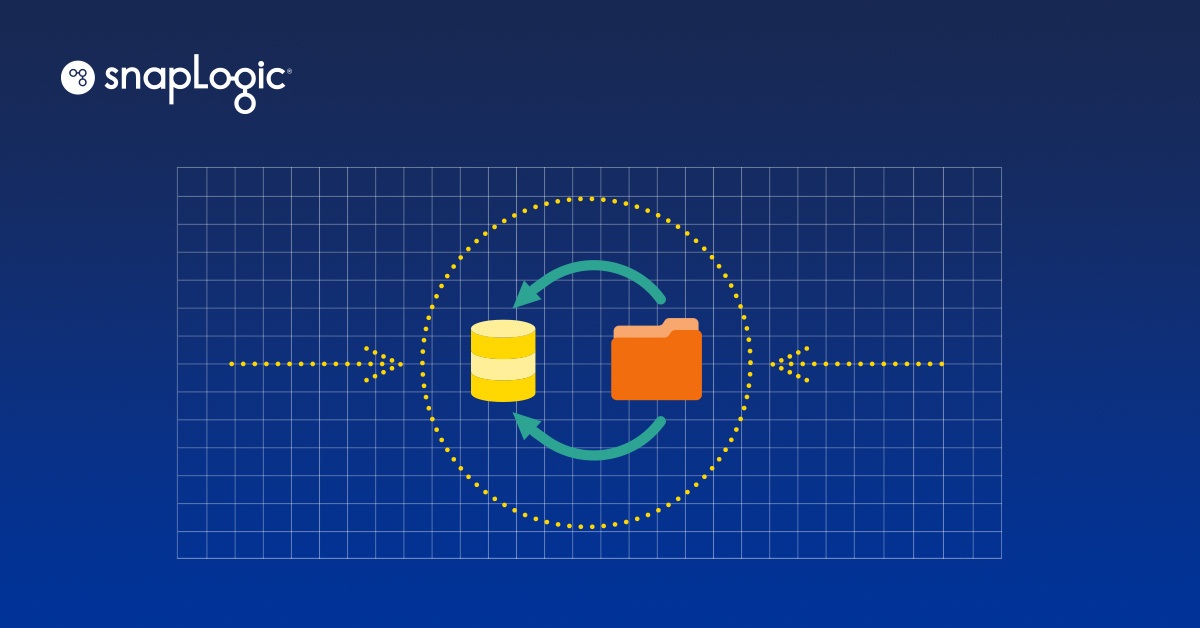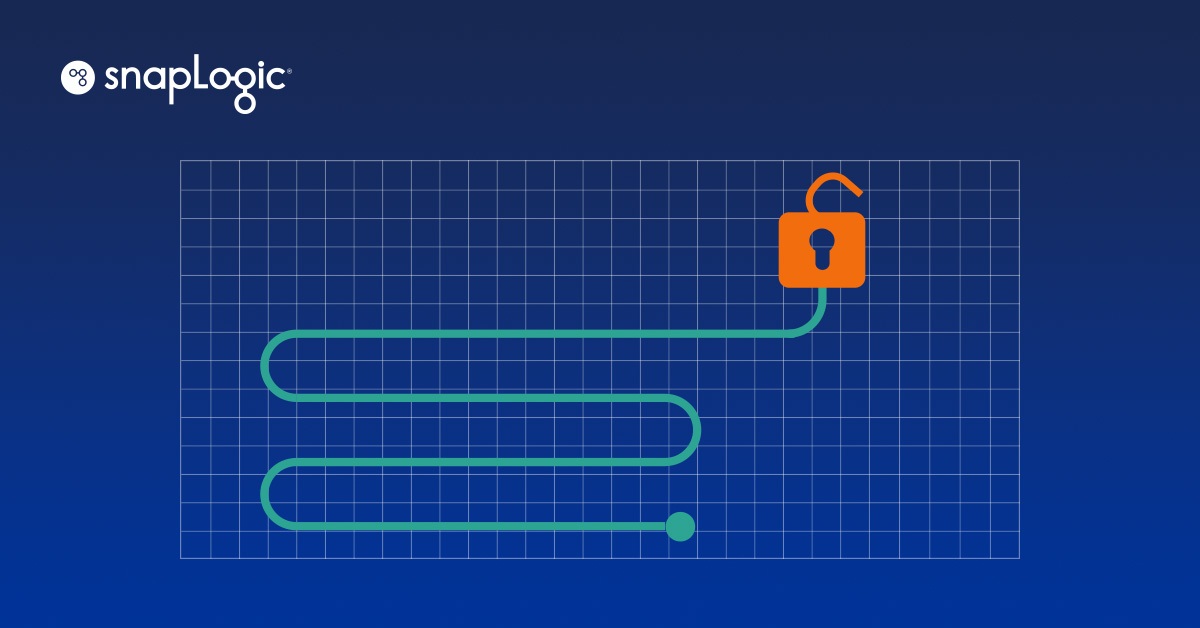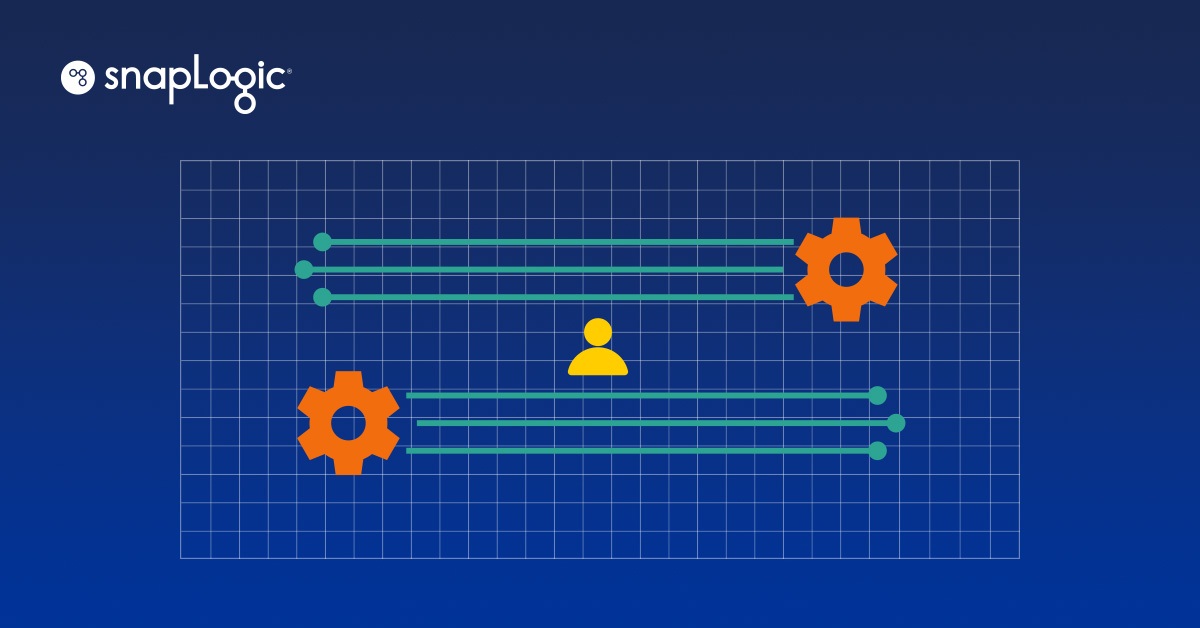Consulting firms face increasing demand to help streamline application and database migrations for clients. To meet this challenge and deliver consistent service offerings, firms can harness an integration platform as a service (iPaaS) to develop standard, repeatable pipeline assets. These migration pipelines act as patterns that can be easily modified with simple parameters to satisfy a range of migration use cases.
When evaluating iPaaS tools for application and database migrations, there are critical factors to consider that will help ensure a smooth development process, ongoing efficiency, and improvements to profitability. SnapLogic’s Intelligent Integration Platform can enable consulting firms to develop repeatable pipeline assets (aka, “accelerators”). To illustrate the complexity of potential application and database migrations, we will share an example of migrating from JD Edwards to SAP as an ERP platform.
Developing repeatable pipelines as consulting assets
Building repeatable pipelines is key to providing consistent and scalable application and database migration services. The migration from JD Edwards to SAP involves intricate data mapping, transformation, and integration challenges.
With SnapLogic, consulting firms can develop reusable pipelines that encapsulate best practices, reduce manual effort, and ensure accuracy across projects. These pipelines serve as valuable consulting assets, allowing firms to deliver JD Edwards to SAP migrations more efficiently and effectively.
Critical factors to consider for app and data migration
Migrating applications and databases involves various complexities that need to be carefully addressed during the development of repeatable pipelines. Consulting firms should consider the following critical factors:
Comprehensive data mapping
Applications and databases have different data structures, terminology, and business processes. To ensure a successful migration, consulting firms must develop robust data mapping strategies. A visual interface and artificial intelligence simplify the mapping process, enabling consultants to define relationships between source and target systems accurately.
Complex transformation requirements
The migration process often requires complex data transformations to align data formats, standards, and business rules between source and destination. SnapLogic’s rich library of transformations, such as data cleansing, aggregation, and enrichment, empowers consultants to handle these complexities with ease.
Application and database integration
Enterprise applications typically have numerous integrations with other systems within an organization. It is crucial to consider the seamless integration of these applications and databases during the migration process. With a wide range of pre-built connectors, consultants can establish connectivity and data flow between source, destination, and other relevant systems.
Change management and testing
Migrating to a new application platform involves significant changes in processes, user roles, and system configurations. It is imperative to have robust change management and testing processes in place to mitigate risks and ensure a smooth transition. SnapLogic’s ability to orchestrate complex workflows and automate testing procedures helps consulting firms manage these critical aspects efficiently.
Case study: JD Edwards to SAP migration
Let’s consider the scenario of a consulting firm helping a manufacturing company migrate from JD Edwards to SAP as their ERP platform. The migration involves transferring master data, transactional data, and configuration settings while ensuring data integrity and minimal disruption to daily operations.
Using SnapLogic, the consulting firm can develop a set of repeatable pipelines tailored for JD Edwards to SAP migrations. The pipelines would encompass:
- Data extraction from JD Edwards
- Data transformation to meet SAP’s data format
- Data loading into the SAP system
Utilizing a combination of JD Edwards API calls and direct database access — along with SnapLogic’s pre-built connector for SAP — would simplify the integration process, enabling seamless data flow between the two systems.
The next step would leverage SnapLogic’s visual interface to define data mapping rules — aided by the artificial intelligence in the mapper, handle complex transformations, and validate data accuracy during the migration process. The platform’s monitoring capabilities would ensure real-time visibility into the migration progress, allowing consultants to address any issues promptly.
Throughout the migration, the consulting firm would adhere to strict data security and governance measures, ensuring the confidentiality and integrity of sensitive business information. SnapLogic’s built-in security features, including encryption and access controls, provide the necessary safeguards during data transfer.
Revenue and profitability benefits
By leveraging SnapLogic for complex application and data migrations, consulting firms can unlock several revenue and profitability benefits:
- Enhanced efficiency: The use of repeatable pipelines reduces manual effort, enabling consultants to complete migrations faster and handle multiple projects simultaneously.
- Improved client satisfaction: Successful migrations minimize downtime, ensure data integrity, and enable a seamless transition, leading to increased referrals and long-term partnerships.
- Scalability and cost savings: Reusability allows a consulting firm to handle a higher volume of migrations without significant overhead costs. This scalability enhances profitability and positions the firm for growth in the migration market.
- Competitive edge: Offering reliable and repeatable application migrations sets the firm apart from competitors, attracting more clients and establishing the firm as a trusted industry leader.
By considering critical factors such as data mapping, transformation, integration, and change management, consulting firms can leverage SnapLogic’s capabilities to ensure efficient and accurate application and data migrations. Increased efficiency, client satisfaction, scalability, cost savings, and a significant competitive advantage position consulting firms for success in the challenging landscape of platform migrations.
To learn more about how SnapLogic can be applied to create repeatable assets for complex application and database migration scenarios, please reach out to us at [email protected].








